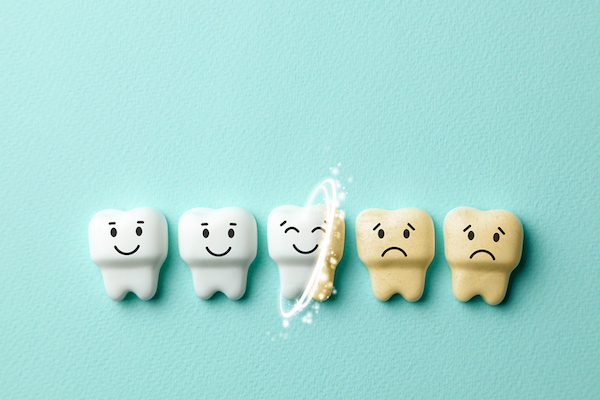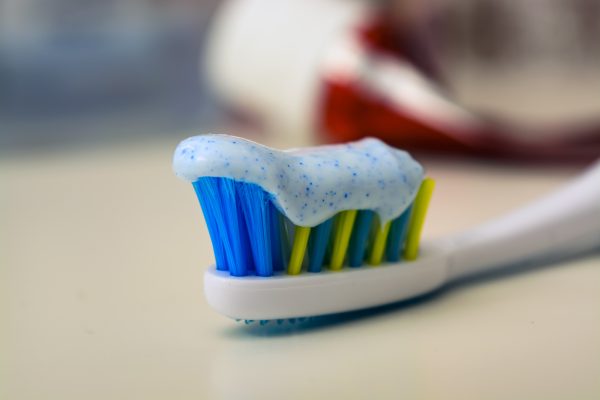When school-aged children start to lose their baby teeth, parents begin to wonder when the time is right to consult with an orthodontist. Eladio DeLeon Jr., DMD, MS, Marvin C. Goldstein Chair of Orthodontics and director of the Orthodontic Residency Program at the Dental College of Georgia at Augusta University, said children can be seen as early as age 6 or 7.
“At that age, we do screening and eruption checks to see how the permanent teeth are coming in,” DeLeon said.
It is easy for parents to see some problems, such as crowding or misalignment, but a thorough check from the orthodontist will reveal if there are developmental issues, such as a very narrow jaw, that could lead to problems in the future.
“At this stage, we would do some initial or interceptive phase one treatment, but only if it were necessary,” DeLeon said. “Most kids don’t need this.”
Phase-two treatment—definitive orthodontia—usually begins around ages 10 to 12. Factors in the child’s growth patterns at this stage give the orthodontist the best window of opportunity to correct misaligned teeth. First, most permanent teeth, including the 12-year molars, have come in, providing a clear map to what needs correction. At the same time, the orthodontist can take advantage of the last burst of growth in the facial bones before they mature into their final, adult structure.
“We want to use all their growth potential while the bone is so much more malleable,” DeLeon said.
Typically, braces must be worn for 16 to 24 months, with periodic checks and adjustments. After braces are removed, it’s important for the patient to use retainers to keep teeth from moving out of position. And for DeLeon, the relationship doesn’t end there.
“We stand behind our work by maintaining a relationship with our patients with yearly retention evaluations,” he said.
Adults and orthodontia
Many people reach adulthood before they have a chance to improve their smiles. And now that we are in the internet age, people are finding questionable methods online for straightening their teeth.
“The problem,” DeLeon said, “is that commercialism is taking over professionalism.”
DeLeon points out that some adults are using services or going to dentists who might not be sufficiently trained in orthodontics, and the treatment results may be compromised. Even worse, people have tried some bizarre do-it-yourself methods with strings, rubber bands or paper clips that actually result in permanent tooth loss or serious infections.
“My oldest patient is 80 years old,” he said. “We have slight differences in treating adults, and we can achieve great results. But it starts with a good, personalized plan and includes proper follow-up.”





